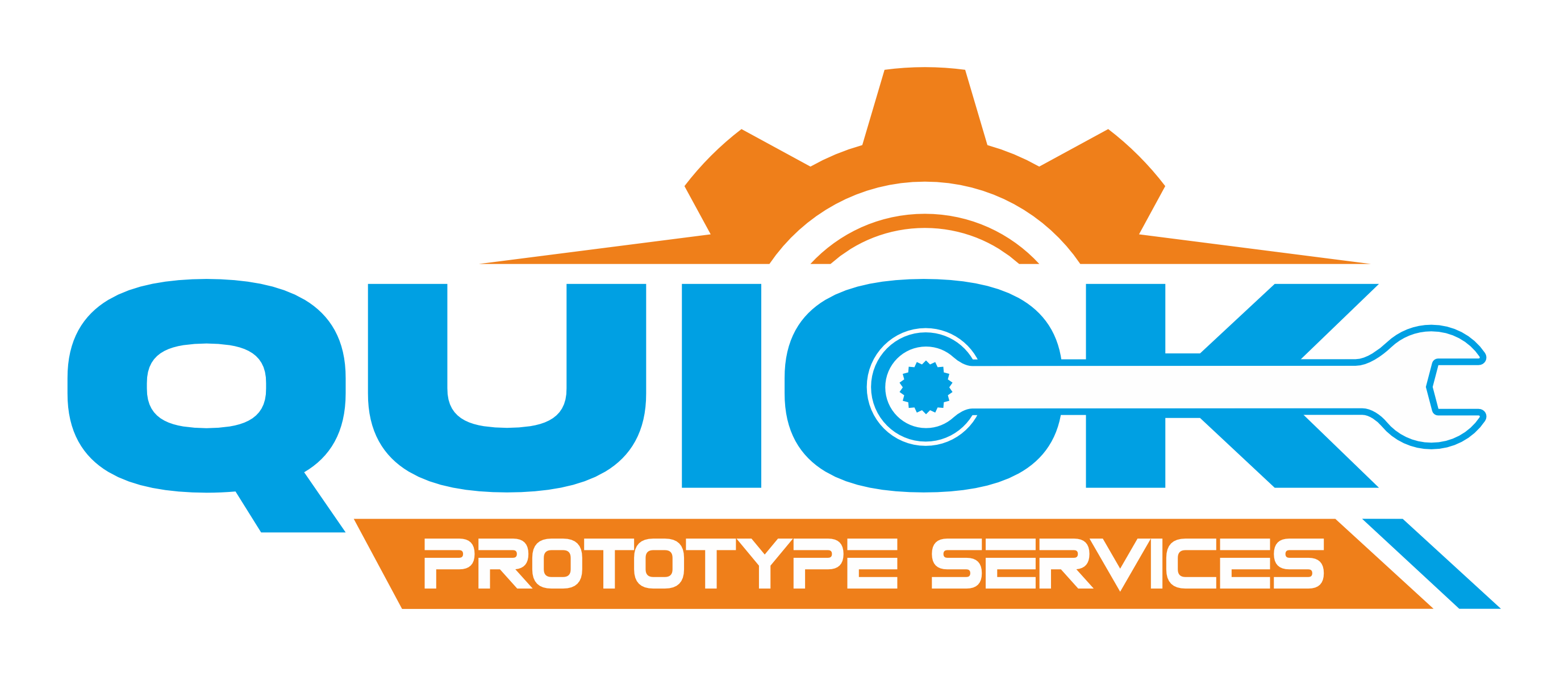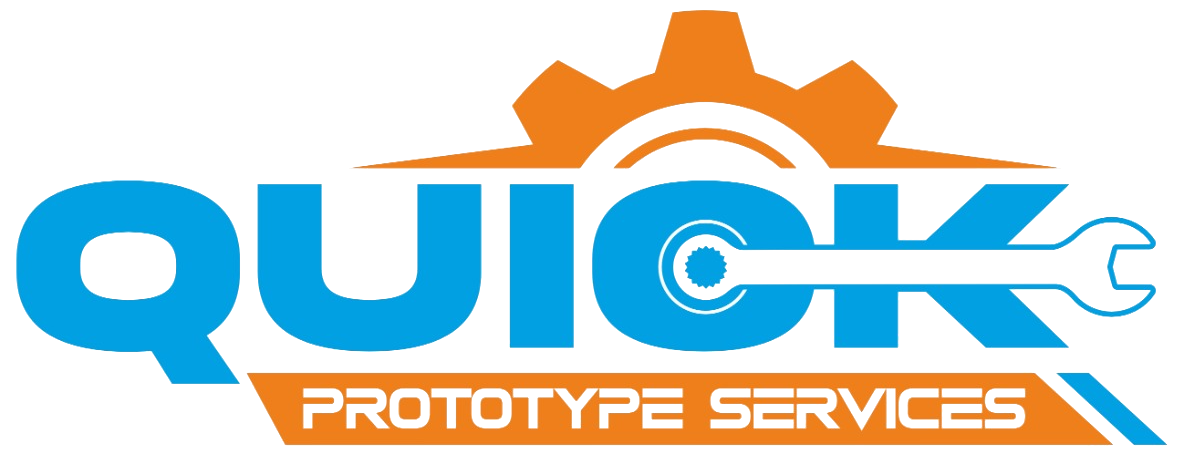About Copper
Copper, a highly machinable metal renowned for its versatile mechanical properties, finds application across various domains. Exhibiting remarkable strength, hardness, exceptional thermal and heat conductivity, as well as corrosion resistance, copper stands as a preferred material for both functional and aesthetic purposes. Furthermore, copper can be alloyed to enhance its mechanical characteristics.
Features of Copper:
Available Copper Subtypes:
Copper exhibits good strength, making it suitable for various structural applications. With notable hardness, copper ensures durability and resilience in demanding environments. Copper boasts superior thermal and heat conductivity, facilitating efficient heat transfer. Known for its corrosion resistance, copper ensures long-lasting performance in adverse conditions.
- 110 Copper: Features a tensile strength of 42,000 psi (1/2 hard), with 20% elongation at break and a maximum temperature of 500°F.
- 101 Copper: Offers a tensile strength of 37,000 psi (1/2 hard), with 14% elongation at break and a maximum temperature of 500°F.
Applications of Copper:
Copper finds diverse applications across various sectors due to its exceptional properties:
- Electrical Wiring: Copper is widely used in electrical wiring and conductors due to its excellent conductivity, making it ideal for transmitting electricity efficiently.
- Plumbing: Copper pipes are favored in plumbing systems for their durability, corrosion resistance, and ability to withstand high temperatures, ensuring long-term reliability.
- Electronics: Copper is essential in electronic devices and circuitry for its conductivity and heat dissipation properties, enabling efficient performance and reliability.
- Construction: Copper is utilized in roofing, gutters, and architectural elements for its aesthetic appeal, corrosion resistance, and longevity, adding both functionality and beauty to structures.
Process and Tolerance:
CNC machining and sheet metal fabrication are the primary processes used for working with copper, adhering to ISO 2768 tolerance standards.
Finishing Options:
Copper parts can be finished using different methods, including:
- As-Machined: Retains the natural appearance of the machined surface.
- Media Blasted: Creates a uniform matte texture on the surface.
- Hand-Polished: Achieves a smooth and glossy finish through manual polishing.
- Powder Coating: Offers a durable and customizable finish with various color options.
- Electroplating: Provides corrosion resistance and surface protection for copper parts.
- Polishing: Enhances the appearance of copper parts with a smooth and glossy finish.
- Painting: Allows for color matching and provides a range of finish options, from matte to metallic.
Lear more abour surface finishing
With its remarkable properties and versatile applications, copper stands as a preferred choice for demanding engineering projects.
Share:


